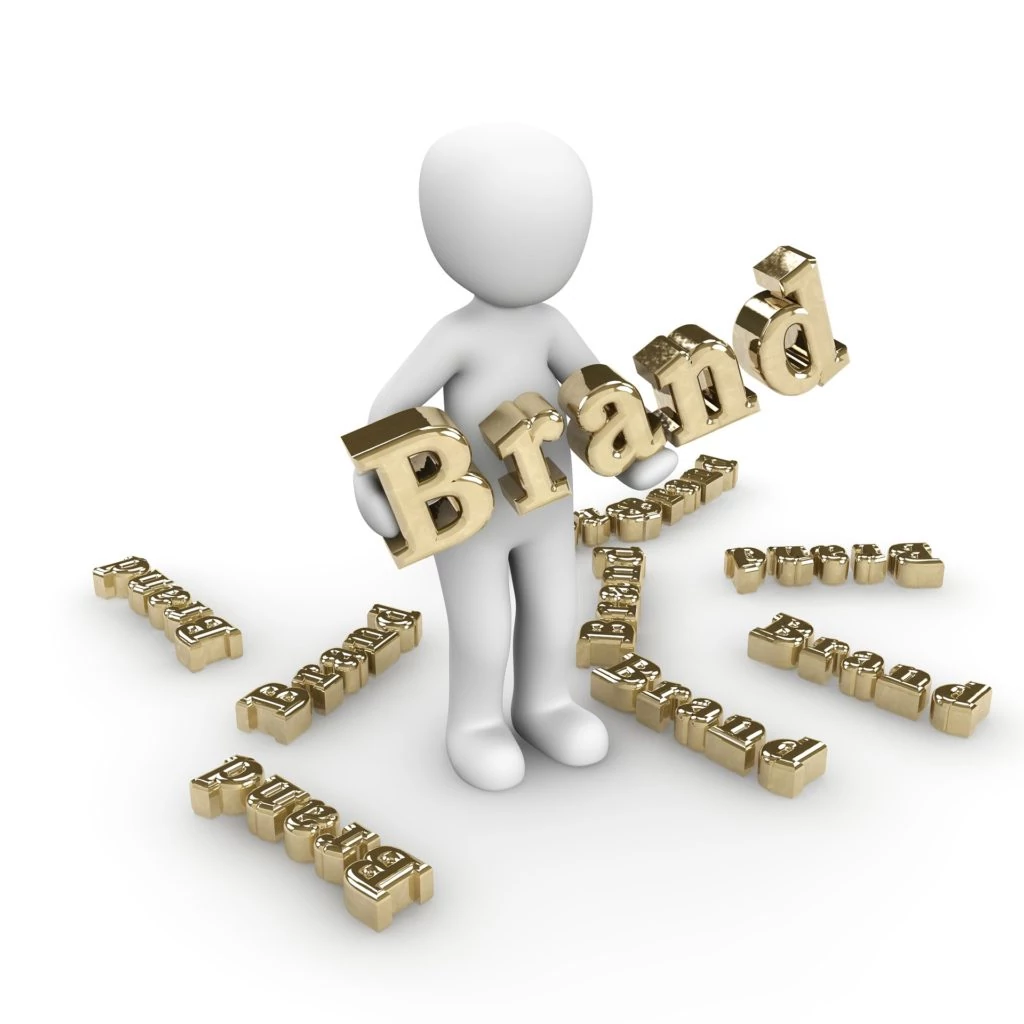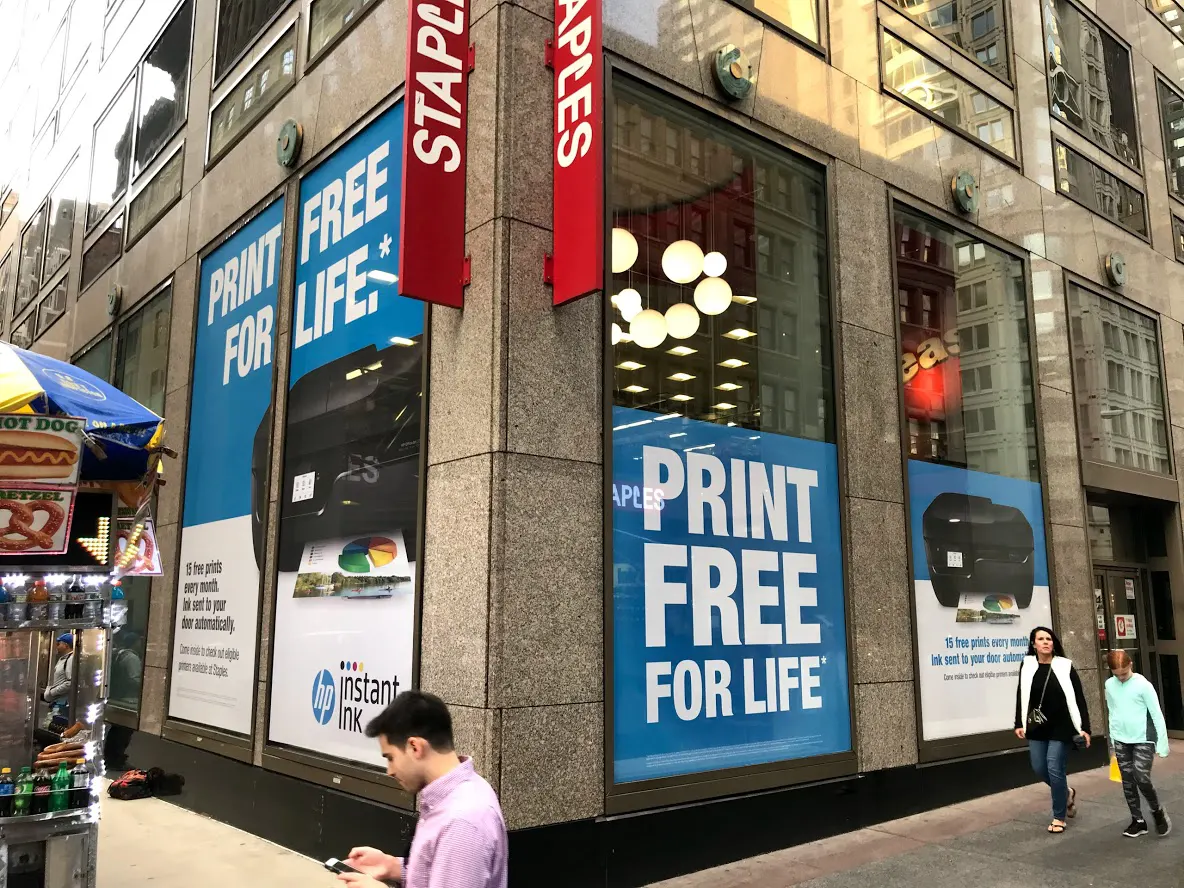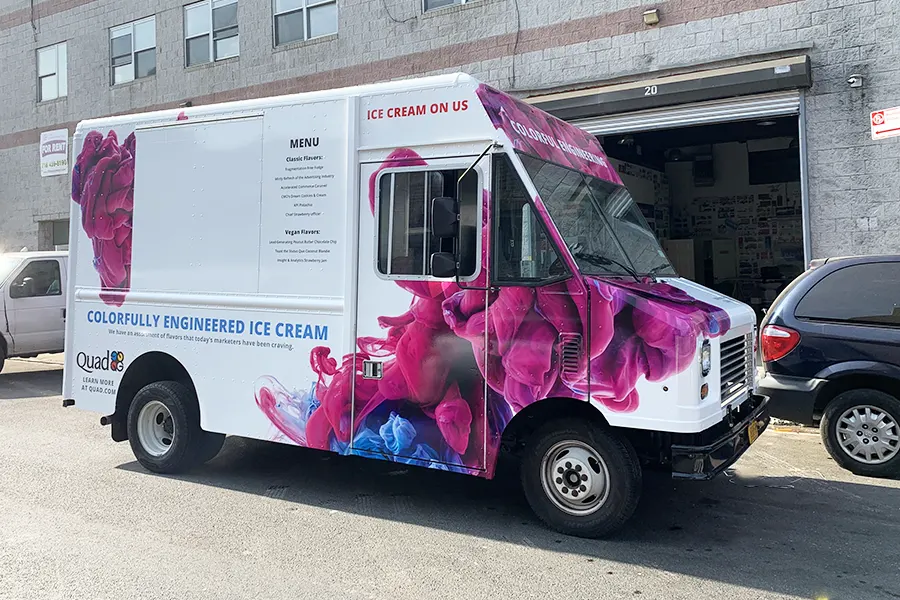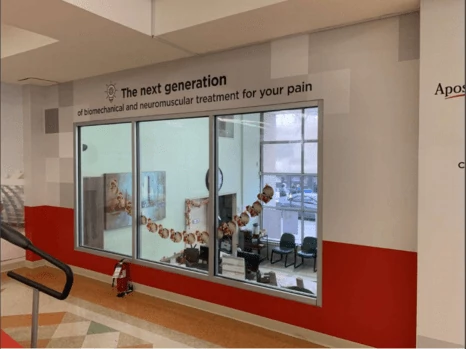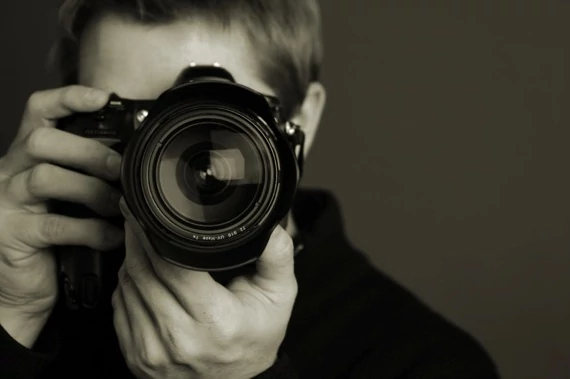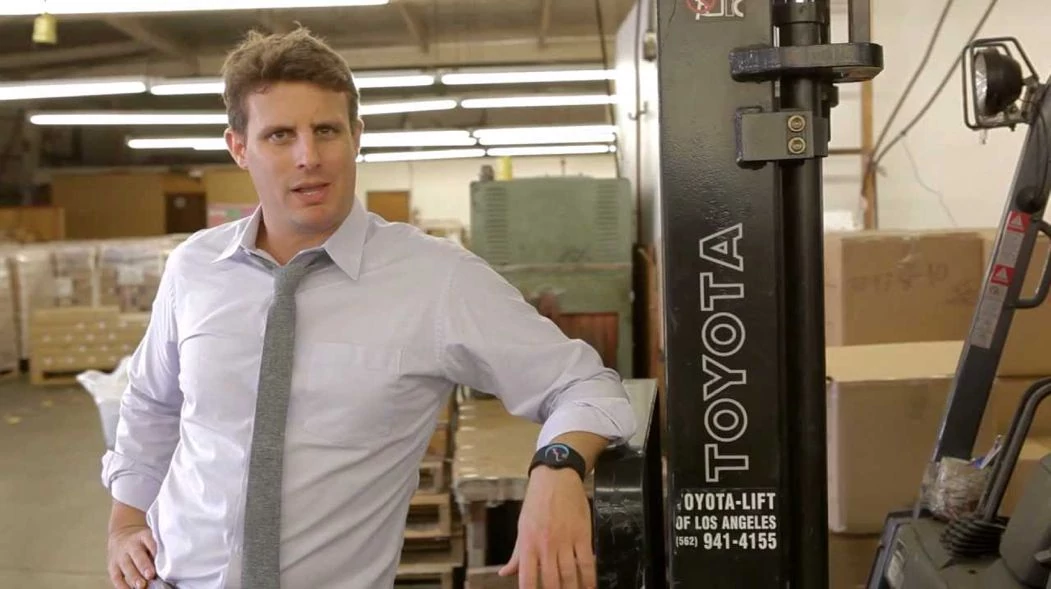4 Graphic Design Elements
Design rarely remains static and like everything else – it moves forward. Take for instance how web-design has been progressing over the years. We have gone from fancy to simple in a matter of years and such progress is bound to continue. Changes in design don’t just convey changing philosophies, but shifts in perspective and tastes as well.
With a graphic designer on your side you can be on top of changing industry patterns, and present yourself in a timely relevant manner. Here are some of the most important things that you need to keep in perspective to ensure your brand remains current.
Color
This will probably sound like a cliché, but colors really are the first thing you need to decide. A person’s or group’s tastes and background can cause them to react very differently to a color than how someone else will, and these idiosyncrasies need to be taken into account.
Indeed, just a simple change in the hue or saturation of a color can evoke a completely different reaction from someone. A graphic designer’s first task would be to help you understand who you are reaching out to so that an ideal color scheme can be selected to help your brand resonate with them.
Some basic colors and their meanings:
Red: Is imagined as an energetic color, embodying strength, vitality, passion and desire.
Yellow: Is the color sunshine, and is therefore associated with warmth, positivity, happiness and is one of the best colors for attracting attention.

Alignment
Good alignment can add to the design’s aesthetic appeal and is what grid systems are also based on. The role of alignment is to create more ordered design and eliminate waste by lining all the elements neatly. Proper alignment can help you highlight important aspects of your message so that they are more visible while helping all the different elements to work with one another.
Repetition
Repetition plays into the “more they see, more they remember” part of things. Certain design elements can be repeated to draw a reader’s attention to it. Elements such as color, shapes, graphics or images can be repeated to ensure the reader/viewer understand its importance. Repetition, when used with variation can create great design which both gets the message across and keeps the whole thing fresh.
Repetition also creates that sense of familiarity, which can help your audience relate with your brand. By repeating elements most associative with your brand’s central values, you can drive better engagement.
Whitespace
While it is easy to think of whitespace as just wasted space which could have been used up as well, in fact it plays a very central role in design! Like repetition, white space can be used to highlight important elements in a design so that the reader’s attention remains fixed on the core message.
Indeed, research by Human Factor has found that whitespace can increase reading comprehension by 20%. This is why call to action (CTA) is usually surrounded by a lot of whitespace, as are a pictures and graphics.
However, the key to making whitespace work is to utilize it properly. Too much whitespace can lead the reader to conclude the content is thin, too little will make the whole design seem cluttered.
The common perception of design is that it is all about making something look good. Great design is actually more about solving problems and helping people find answers. A good designer can help you present your message in a manner which helps your audience understand what you are trying to convey with the least amount of effort.

